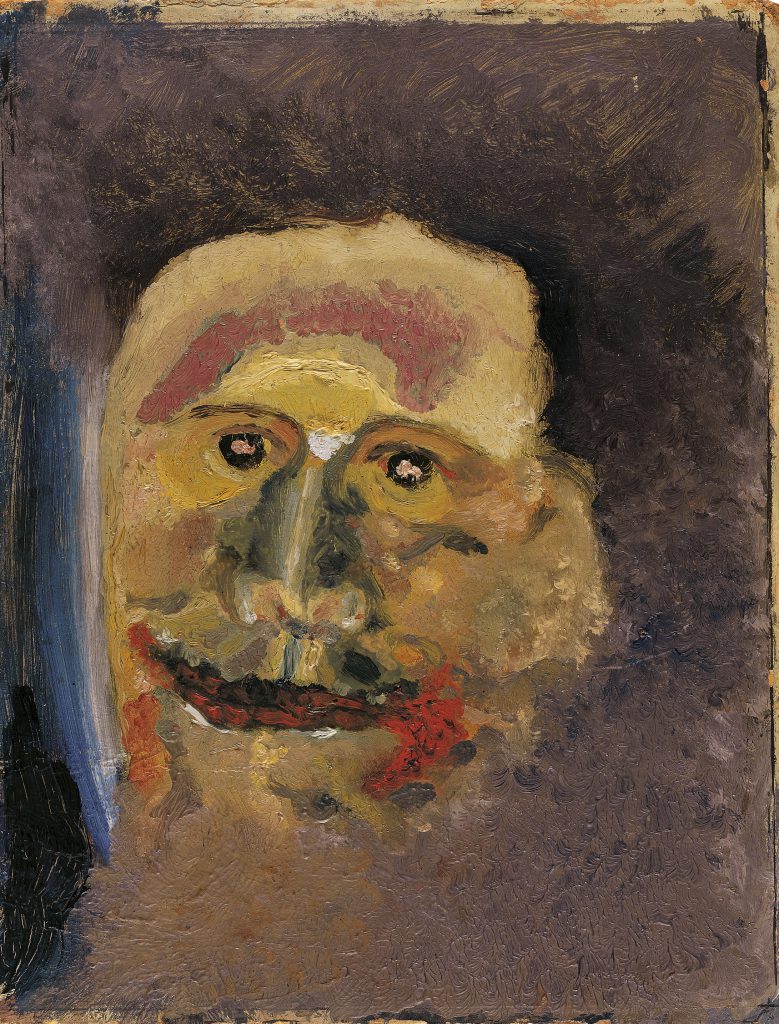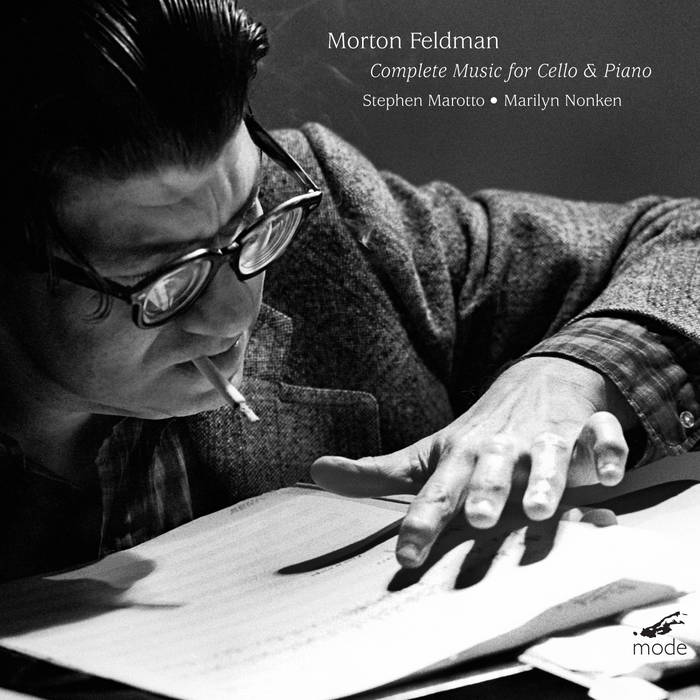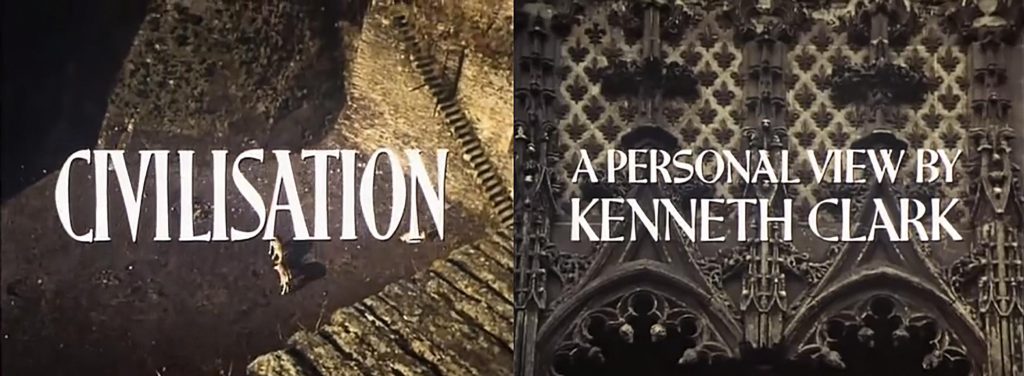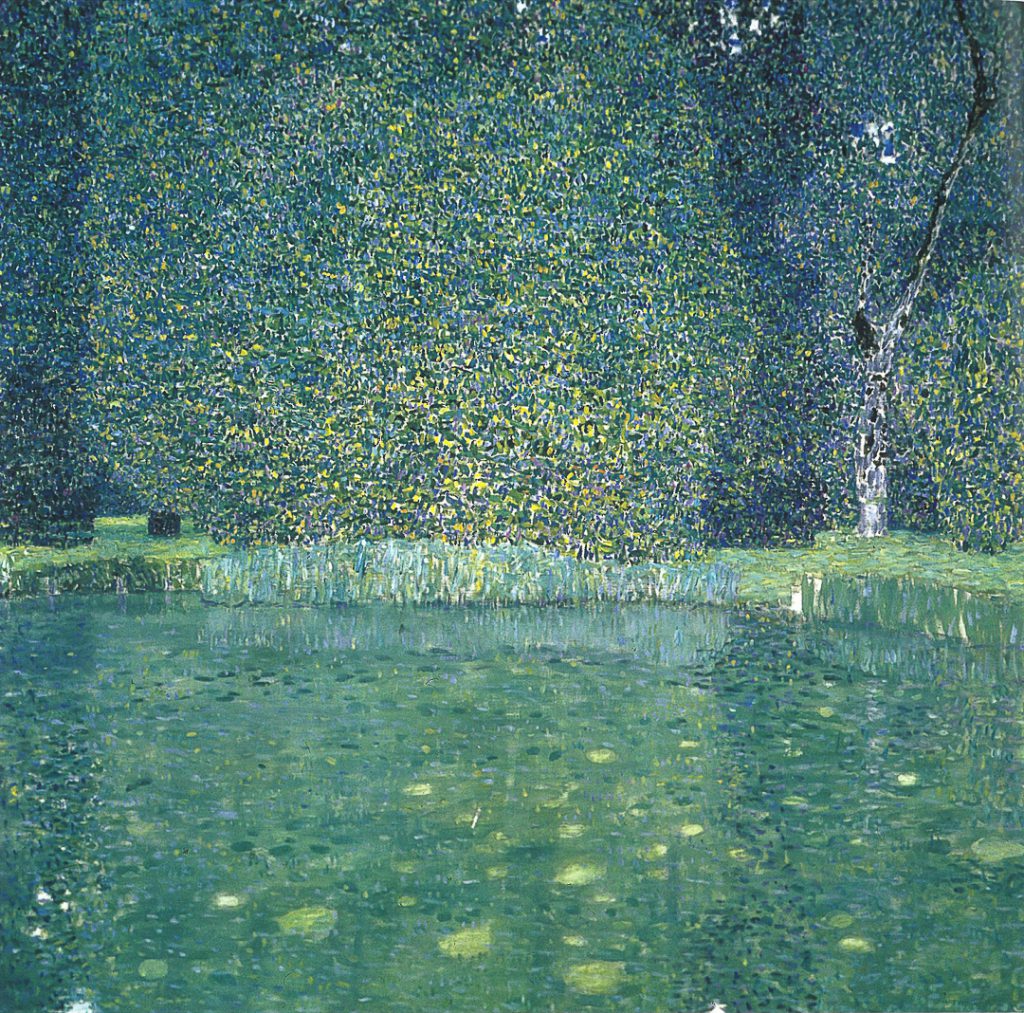
[Karl Kraus’s] life stands as an example of moral uprightness and courage which should be put before anyone who writes, in no matter what language. … I had the privilege of listening to his conversation and watching his face, lit up by the pale fire of his fanatic love for the miracle of the German language and by his holy hatred for those who used it badly.
— Gregor von Rezzori
Looks like I should have extended my recent outing to Vienna. At the Arnold Schönberg Center, an anniversary exhibition marking the 150th birthdays of Arnold Schönberg and Karl Kraus will be open to the public through May 10. Any student of Viennese Modernism like myself will look forward to this program that features music manuscripts, texts, paintings, and drawings, as well as letters and photographs. The Center says:
Advocating progress in music, Schönberg embodied the courage to break with conventions. In keeping with the interdisciplinary orientation of Viennese Modernism, the composer also expressed himself as a writer and painter. As a censor of language, Kraus fought an unrelenting battle against corrupting newspaper phrases, double standards and esthetic uniformity. The two jubilarians were united by an unspoken understanding of artistic and social matters, and by a shared ethical program which aimed at a claim to truth in all areas of art.
I wrote briefly about Kraus’s Last Days of Mankind here, and I hope to write about Schönberg (one day, one day …). Those of us who can’t be there can comfort ourselves with the English-language catalog of the show, available here. And below is a trailer for the exhibition.
 It’s taken a while, but it’s worth the wait: the
It’s taken a while, but it’s worth the wait: the 

